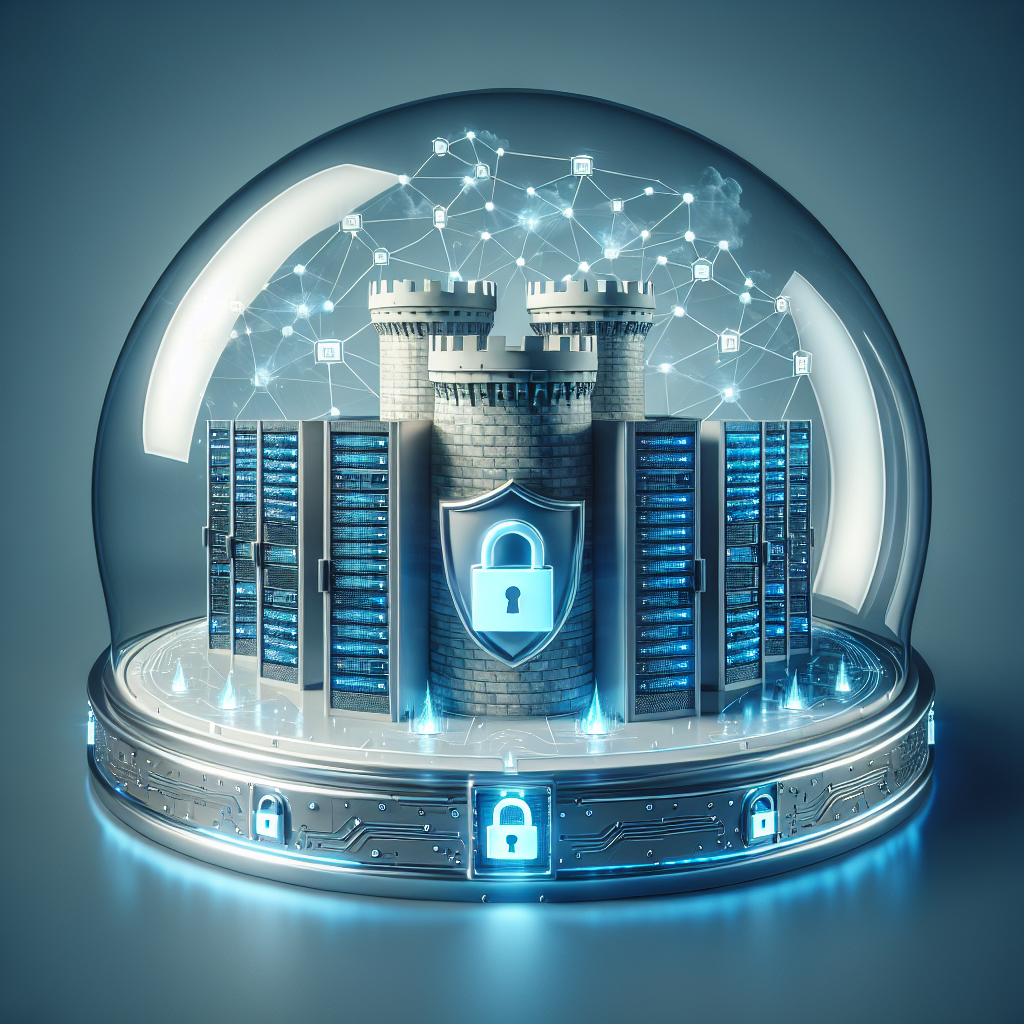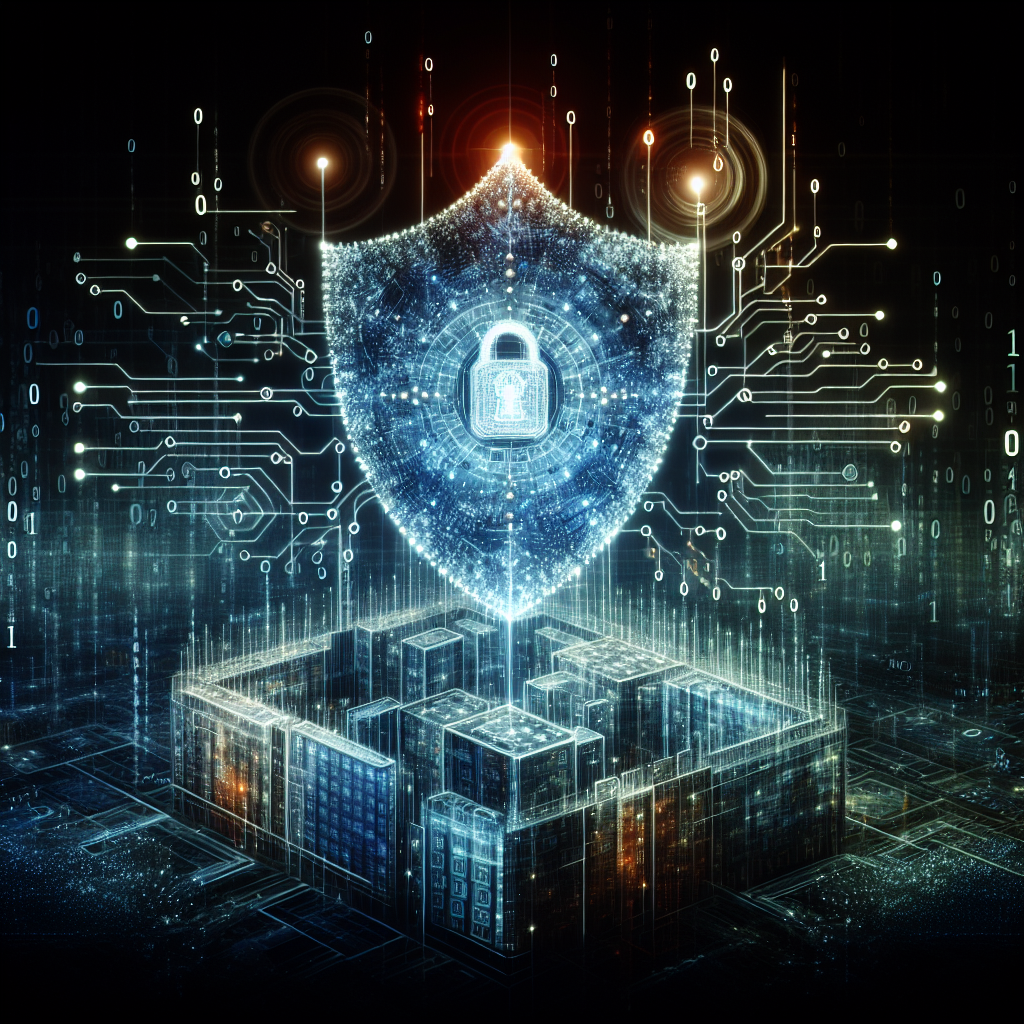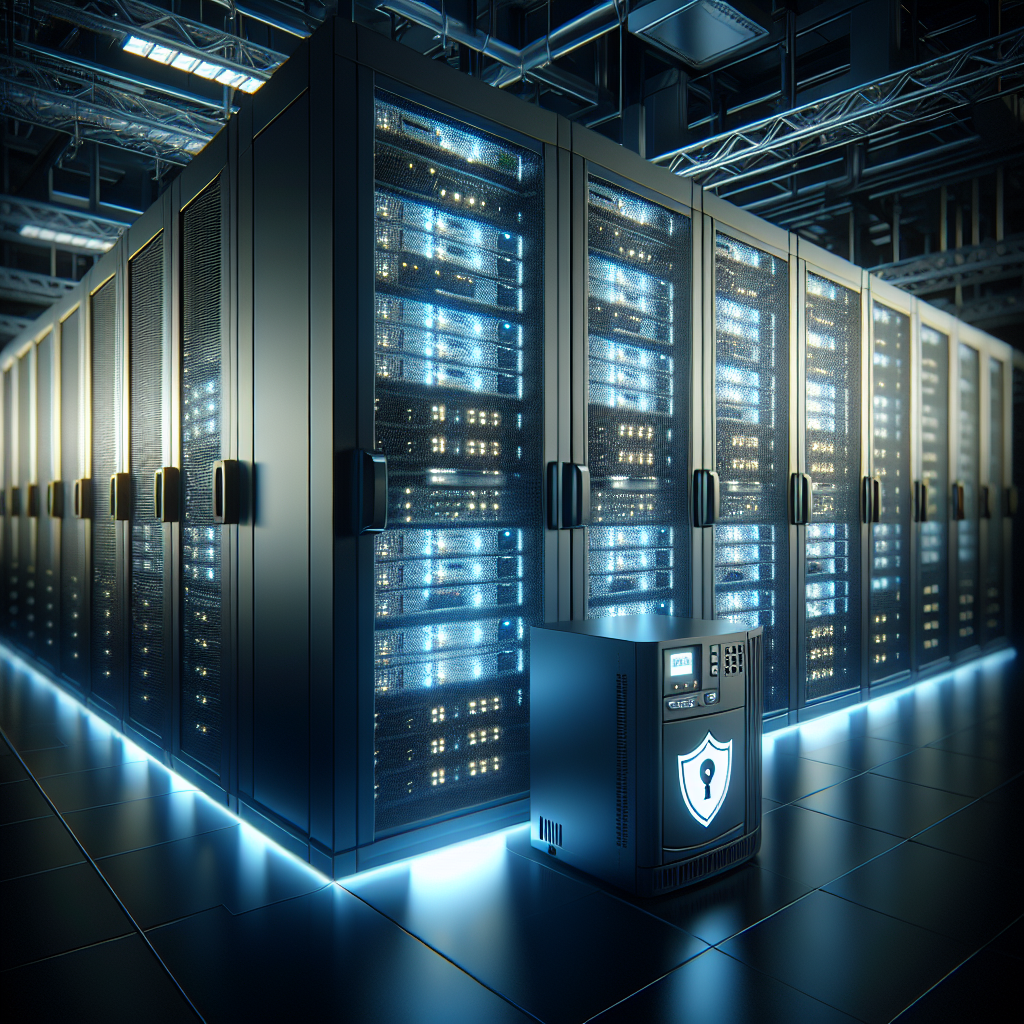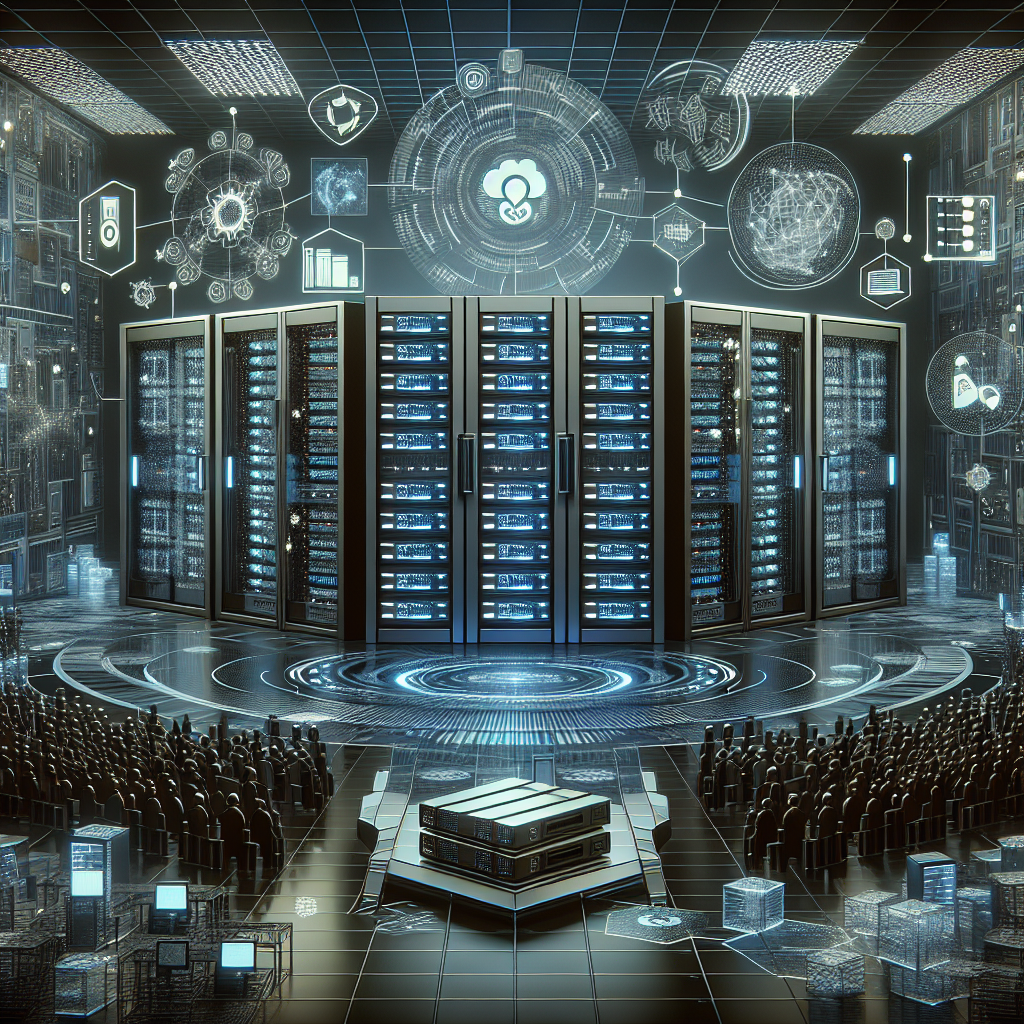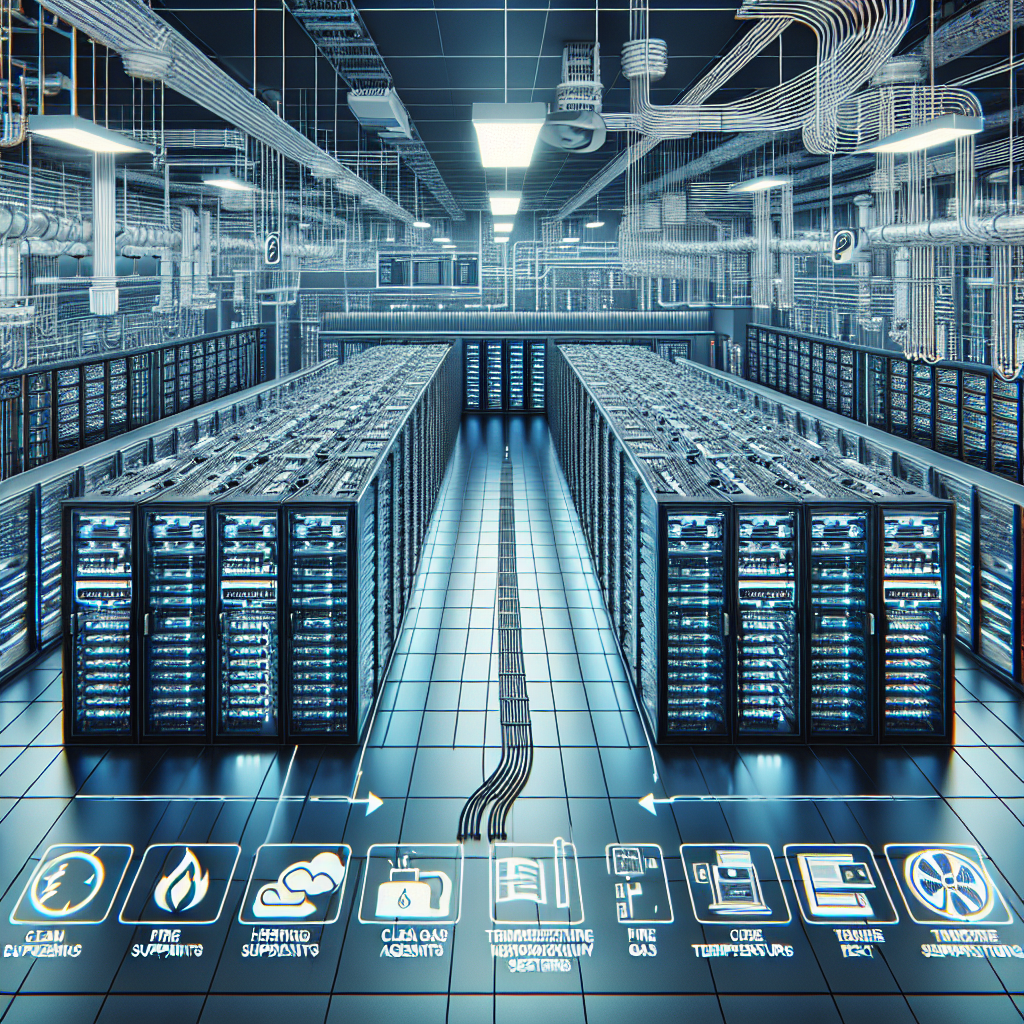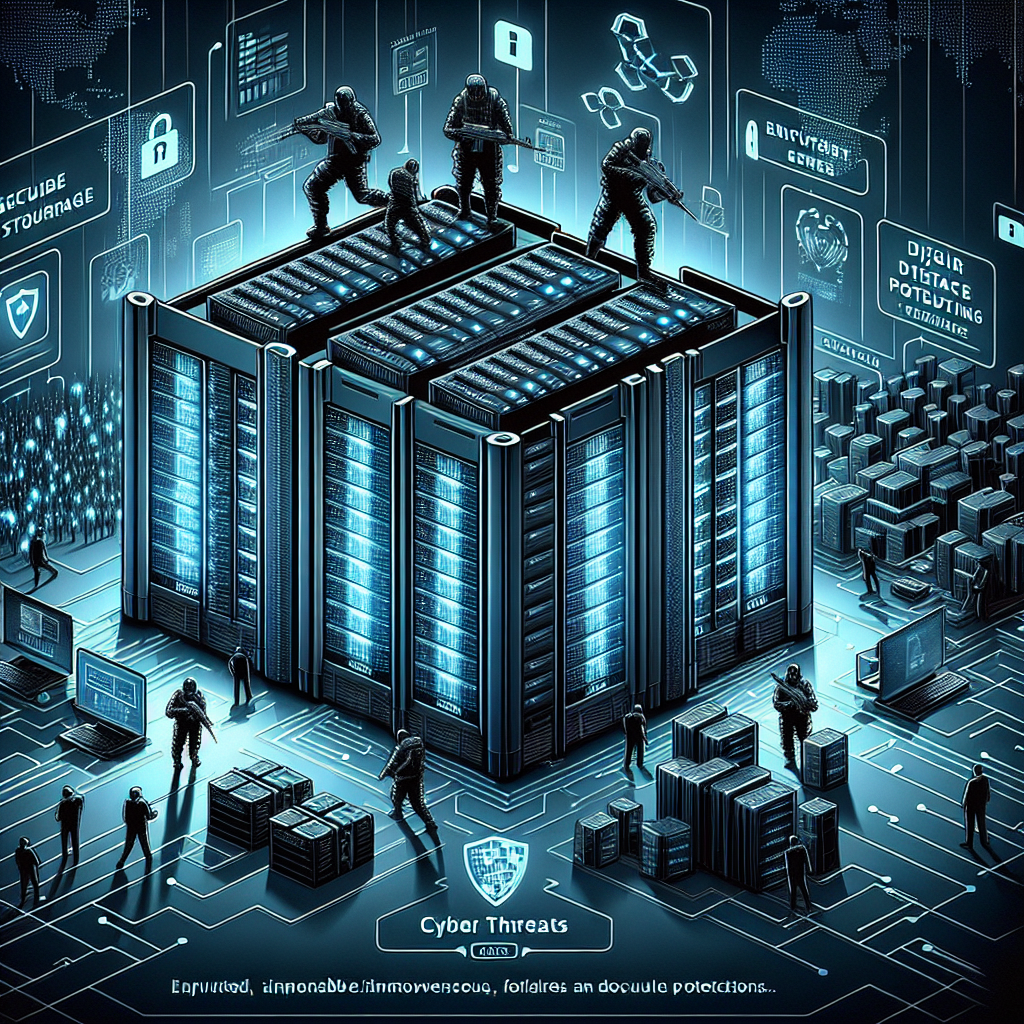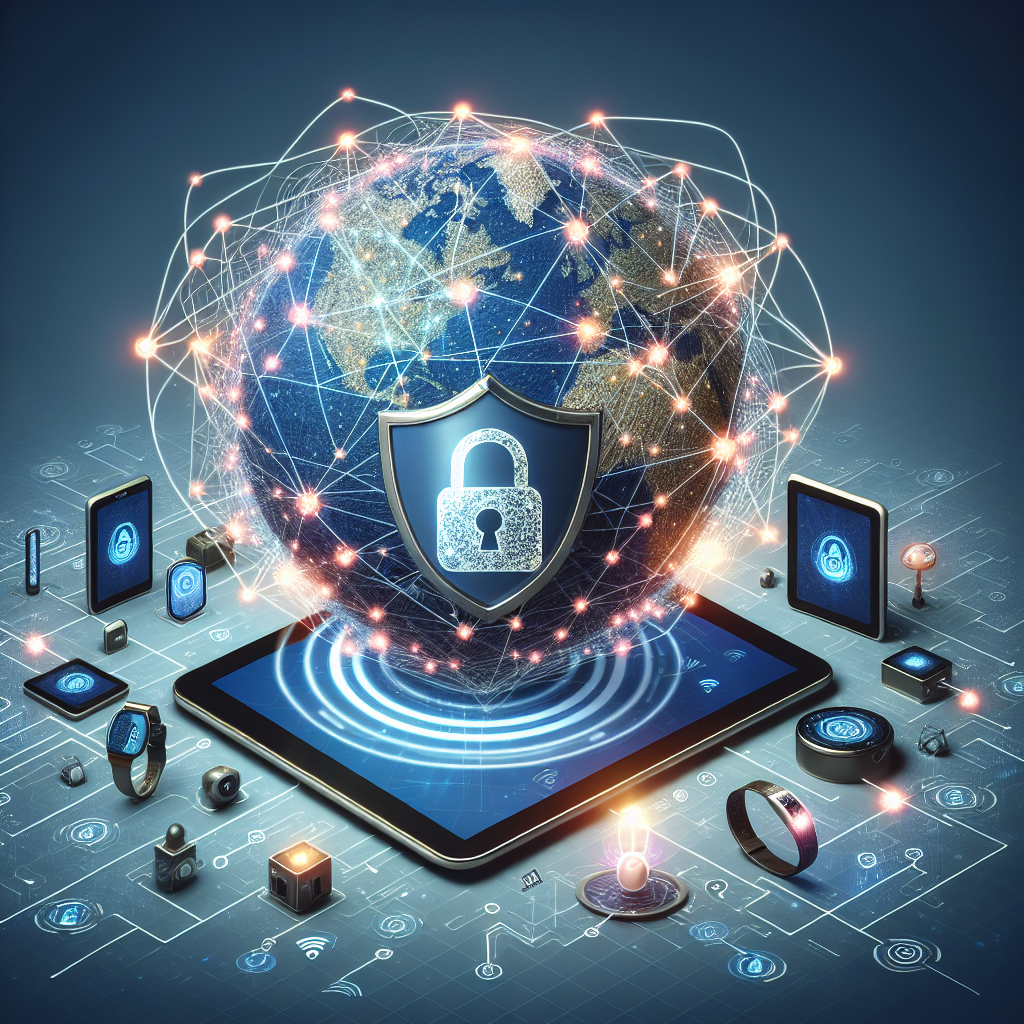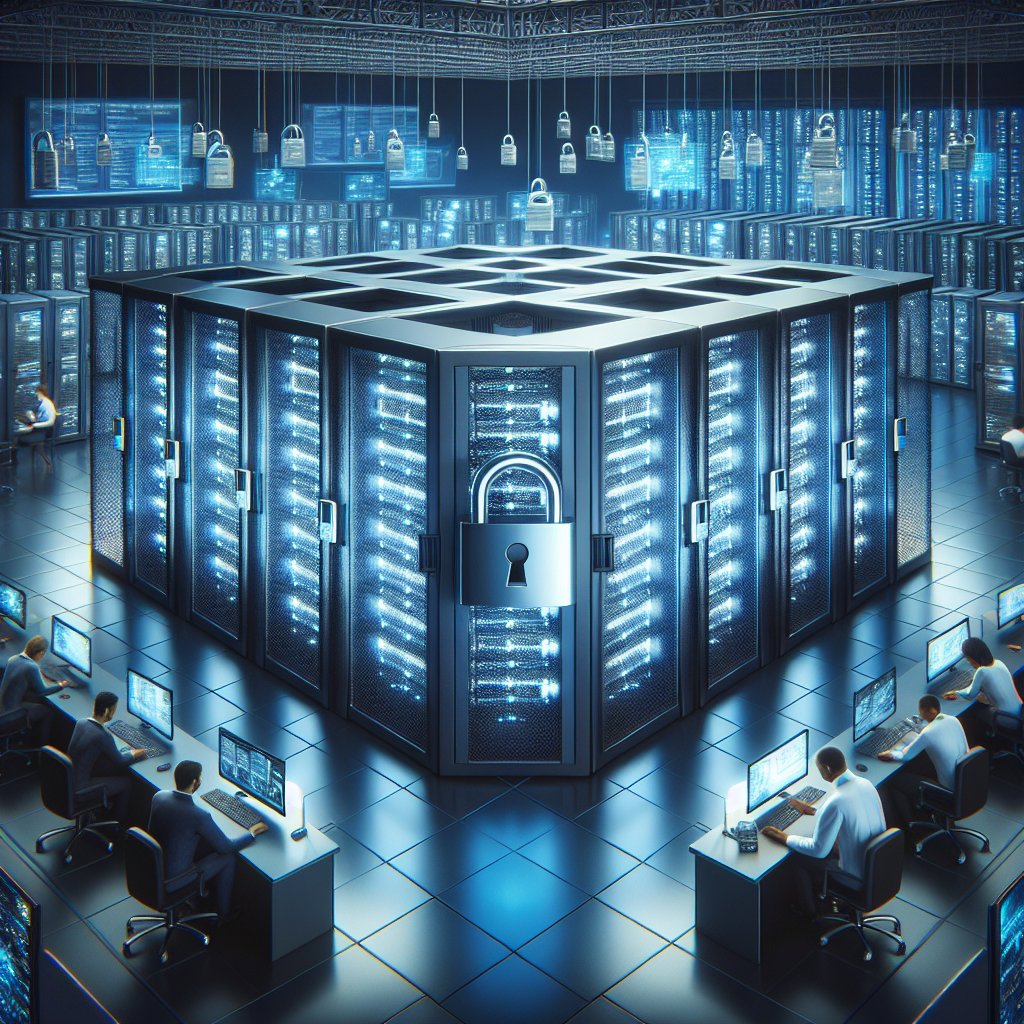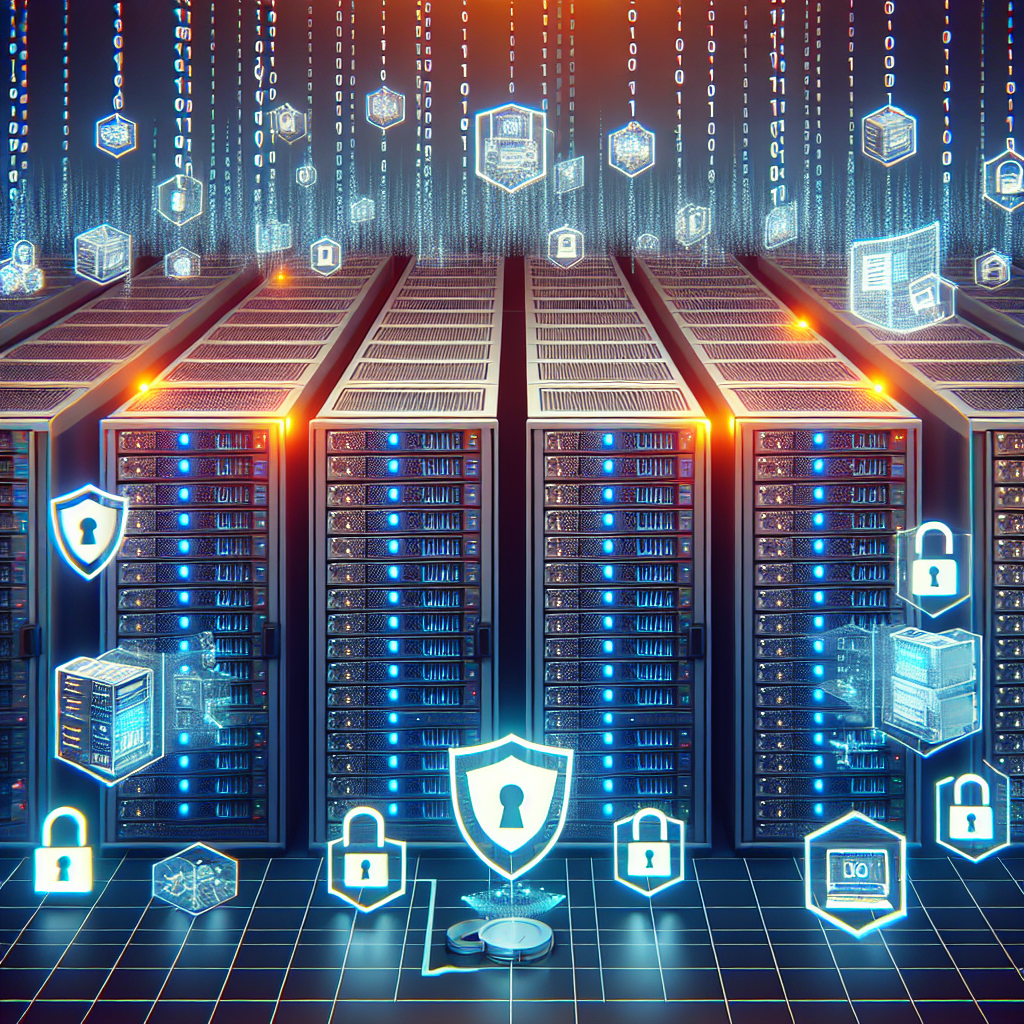In today’s digital age, data centers play a crucial role in storing and managing an organization’s most valuable assets – its data. With the increasing reliance on technology, businesses are constantly generating and collecting vast amounts of data that need to be stored securely. This is where data centers come into play, providing a secure and reliable environment for storing and managing this data.
However, with the increasing amount of data being stored in data centers, the need for data center safety has become more important than ever. Data center safety refers to the measures and protocols put in place to ensure the physical security and protection of the data stored within the facility. This includes ensuring that the data center is secure from external threats such as cyberattacks and natural disasters, as well as internal threats such as unauthorized access and equipment failures.
One of the main reasons why data center safety is so important is the sheer value of the data stored within these facilities. Data is often considered to be one of the most valuable assets of a business, as it contains sensitive information about customers, financial transactions, and intellectual property. If this data were to fall into the wrong hands, it could have serious consequences for the business, including financial loss, reputational damage, and legal implications.
In addition to protecting the data itself, data center safety is also important for ensuring the continuity of business operations. Data centers often house critical infrastructure and systems that are essential for the day-to-day operations of a business. Any disruption to these systems, whether due to a security breach or a natural disaster, can have a significant impact on the business’s ability to function and serve its customers.
To ensure the safety of their data centers, businesses must implement a comprehensive data center safety plan that addresses all potential risks and threats. This plan should include measures such as physical security measures, access control systems, backup and recovery procedures, and disaster recovery plans. Regular security audits and assessments should also be conducted to identify any vulnerabilities and address them before they can be exploited.
Ultimately, the importance of data center safety cannot be overstated. By protecting their data centers and the valuable assets stored within them, businesses can safeguard their operations, reputation, and bottom line. Investing in data center safety is not only essential for protecting the business’s most valuable assets but also for ensuring its long-term success in an increasingly digital world.
